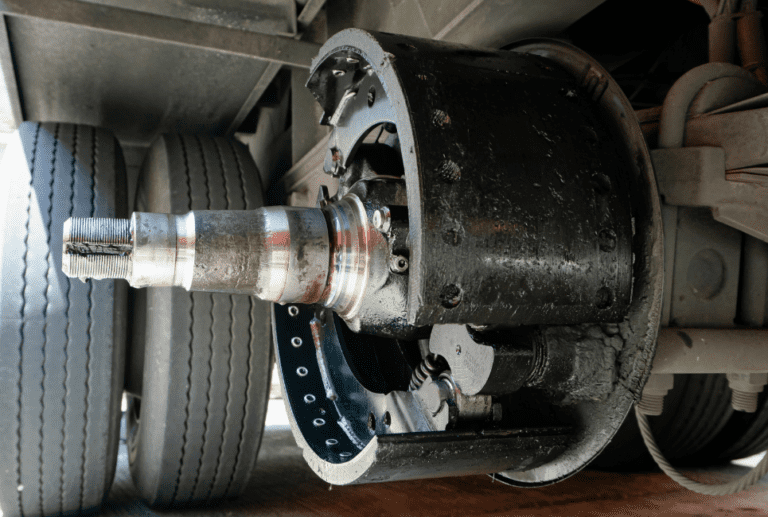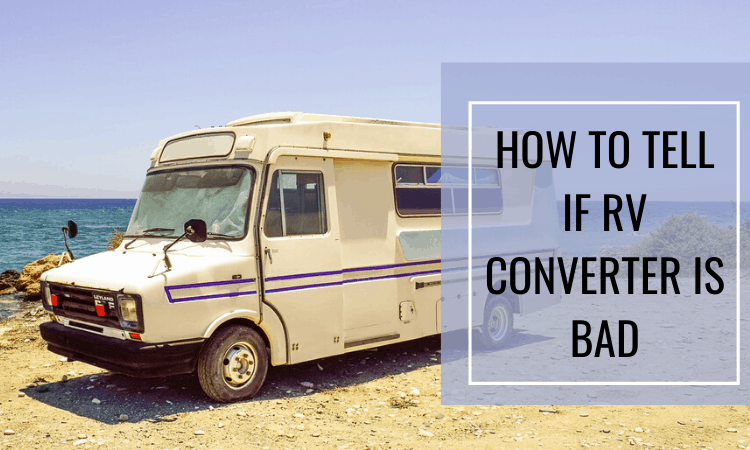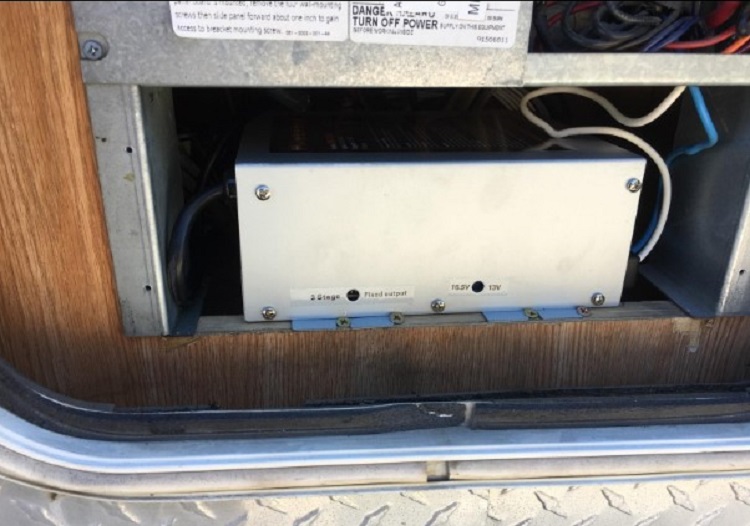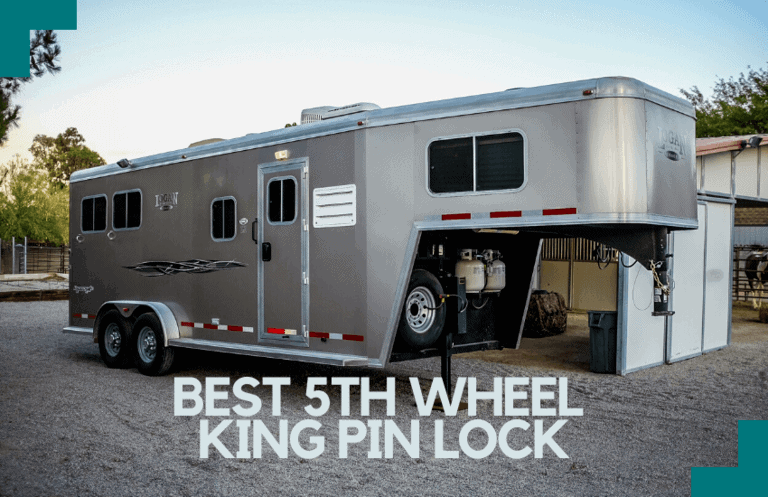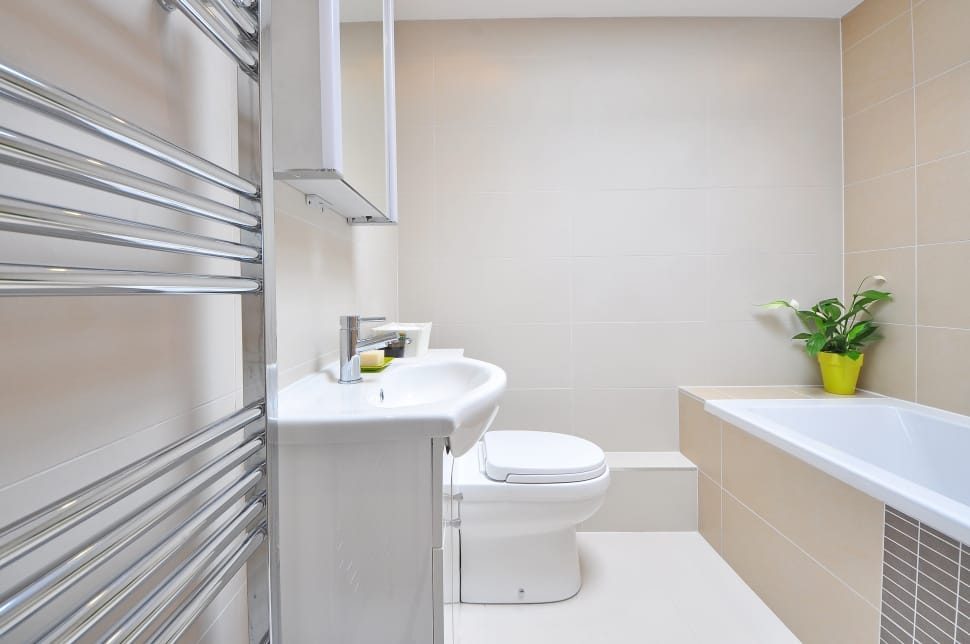Zero Breeze Review: Is it Worth it?
- RV Propane Fill Stations Guide - February 17, 2022
- Geico RV Insurance Review and Guide - February 17, 2022
- Best Airstream Alternatives To Consider - October 28, 2021
The hot summer months can be unbearable unless of course you’re splashing in the pool or relaxing in the air conditioning. For those of us who like to go camping, taking the summer months off just isn’t an option.
But it is nice to have something that makes tent camping a bit more comfortable. After a long hot day of hiking, kayaking, or exploring, you want a way to cool off and rest. Getting overheated can be dangerous, no matter how macho you think you are.
Zero Breeze promises to deliver an efficient portable cooling system that will offer the cooler temperatures you need on a blazing hot summer day or through the muggy night. But is it really the best?
In all honesty, it’s heavy, loud, and questionable, at best. Let’s take a look.
About the Company
The company that makes Zero Breeze is self-funded. Kevin Ma and a team of other self-proclaimed experts started raising funding in 2014 and in December 2015, they created a prototype for “the world’s coolest portable AC.”
The Breeze portable air conditioner was launched on Kickstarter and raised quite a bit more funding through the platform. Production began in 2017, but a high volume of orders forced them to quickly move production to China.

They cut production costs and quality control measures to make it work. Despite the decrease in quality, the company was able to penetrate the market through social media marketing and influencers made it insanely popular.
Advertised Specifications
Zero Breeze says they’re “the world’s coolest portable AC unit.” It can generate 1100 BTU per hour. In an enclosed space, it can cool up to 50 square feet and keep it as cold air as 44.6 degrees Fahrenheit.
The idea is that Zero Breeze is portable, so it runs on battery power. The Breeze portable air conditioner seems ideal to have something working off of battery power because you don’t need access to electricity. The problem with this unit is that it draws so much power, you need a lot of batteries to keep it running.
The Problem
The advertised specifications seem pretty good. They may be, for a very small space and a short period of time. However, there are a few reasons why the Zero Breeze might not be the best, most efficient option for a lot of campers.
No proper method of drainage
As most battery powered air conditioner options do, the Zero Breeze unit creates a lot of condensation, especially when it’s very humid. Portable air conditioning units collect this condensation and drain it through a hose that you run outside your tent. Others require manual drainage.
Zero Breeze uses the former method of drainage using a port connected to a water tube. The problem is that there seems to be a manufacturing defect that causes the water to miss the tube altogether. That means you end up with a puddle of water in your tent.
When reaching out to the manufacturer for help with the issue, they offer a temporary solution but have yet to address the issue in manufacturing permanently.
Battery life
While the primary selling point of the unit is that it runs off of battery power, it leaves much to be desired. You should be able to run your portable AC unit without any problems, but the battery pack only lasts about two hours.
Assuming you’re tent camping, you’re away from your campsite most of the day. Whether you’re hiking, exploring, or sightseeing, you’ll be coming back at the end of the day hot and tired.
All you want is to eat dinner and relax in a tent with cool air. You can certainly do that for a bit, but if you nod off to sleep, you’ll wake up in the middle of the night sweating because the batteries have long since gone dead.
You could keep a few extra battery packs on hand, but these battery packs aren’t included in the purchase price of the unit, so it’s going to cost you. Plus, in order to make it through your entire camping trip with the unit, you’d need dozens of them.
Unless, of course, you have a way to recharge them. And if you had a way to do that, you might as well purchase a more powerful unit that needs an electrical hookup. This whole set up makes it a tad inconvenient to say the least. It’s also pricey, so it may not be worth it.

Price
That brings us to the price, which, for what it is, isn’t ideal. The base price is over $500 without adding on all of your extra accessories like battery packs, AC/DC adapters, car power cords, and more.
For less than $200, you can buy a 5000 BTU window unit for your tent that is much more efficient. It may be slightly more inconvenient to set up, but it’s going to run continuously without having to switch out the battery.
Weight
Most people want a lightweight pack when they’re going camping. Lugging heavy things to your campsite isn’t fun. It surely is convenient to have a portable air conditioner, but this one is bulky and heavy.
While the Zero Breeze unit seems like a super convenient solution to having AC in your tent, it’s actually heavier than other more efficient portable options that have a higher BTU.
Lack of cooling power
The BTU on the Zero Breeze unit is considerably less than other portable AC units. While this unit has a cooling capacity of 1100 BTU and claims to cover 50 square feet, other units have at least 5000 BTU and can cover 150 square feet.
Your tent may not be that big, and you may think you don’t need anything that powerful, but the problem is that the Zero Breeze tends not to deliver on the promise of even 50 square feet. That means you’re paying more for less efficiency.
The one thing it is good at is circulating ambient air. If the air around the unit is extremely hot, you end up with a fan that circulates slightly cooler air but doesn’t really help you cool air efficiently.
What About the Mark 2?
Sales for the first Zero Breeze were high, but customer reviews revealed that it wasn’t all it was cracked up to be. Taking into account that information, Zero Breeze released the Mark 2, which made a few improvements but also upped the price tag.
Zero Breeze went with Indiegogo to fund their second-generation product rather than Kickstarter. The strategy behind this decision is unknown, but it seemed to work well.
The upgrades to Zero Breeze include an increase to 2300 BTU, which makes it more than double the first. They advertise it to be sufficient for a large tent, but they don’t say how large.
There’s a bit of a design change, making it look sleeker and more modern. It doesn’t look quite as cheap as the first, offering a better feel and striking a bit more confidence in the purchaser.
Unfortunately, it’s quite a bit heavier than the Mark 1. It’s advertised as a 14-pound device, but it’s actually closer to 17 pounds, and that doesn’t even include the external battery pack that weighs an additional 9 pounds. Yikes.
You’ll also see a price tag that’s double what the Mark 1 was, but you might be happy to know that if you want something that actually works as advertised, you’ll be getting it. You only have to decide if you want to pay the price.
Design
Not only does the design offers a sleek, modern look, but the external battery clips easily onto the bottom of the unit. Unfortunately, you do have to wire the two components together via a large cable and thumbscrews. Not exactly the easiest setup, but it works better than the first.
When it comes time to change the battery, you have to undo the thumbscrews, disconnect the cables, and then redo it all with a new battery. To recharge the battery pack, you’ll have to attach it to the AC adapter, which is pretty large, too.

Battery
Unlike the Mark 1, the Mark 2 can be powered via the A/C power adapter, but you can’t have the battery connected at the same time. So if you’d rather connect directly to a power source than use the battery, it’ll save you some money on extra battery packs.
What you’re dealing with if you want options is an A/C adapter to power the unit and a separate A/C adapter to recharge your battery pack. Unless of course, you don’t want to do them both at the same time.
It’s not complex, it’s just a lot of gear to have to deal with, especially when you want a lightweight camping experience.
Performance
The good news is that at least you’re getting something that works like it says it will. It’s easy to understand the buttons and control the settings. Output is generally between 50 and 60 degrees Fahrenheit.
It pulls warm air in through the vent in the back, cools it, and spits it back out. The extendable exhaust hose allows you to direct the same hot air back outside rather than filling your tent, which would seem a bit pointless.
In enclosed spaces, it works much better than the Mark 1, but open spaces leave much to be desired. You really won’t notice much more than a light breeze, even when you’re close to the vent.
Features
The Mark 2 has several features that the Mark 1 didn’t have. It comes with a sleep mode, so if you want it to automatically turn off and save the battery, you can set that up so you won’t forget.
It also comes with a dehumidifier, which is really nice when you’re dealing with high humidity in addition to extreme heat.
You can also charge other devices using the Zero Breeze Mark 2 battery pack using a 12-volt DC port or the three USB ports provided.
The light built into the front of the device allows you to illuminate the inside of your tent after dark. You also have a remote control so you don’t have to get up to adjust any of your settings.
Disadvantages
The Mark 2 is loud. It sounds a lot like a blender. In your enclosed tent, you need to be a fan of this unsettling white noise or you won’t be having any conversations, let alone getting any sleep.
The battery is bulky and heavy, and it still only offers about 3 hours of run time. You might get an extra half hour if you’re not using it on full blast. Running on lower power will get you significantly quieter operation and a longer runtime, but you won’t be as cool+.
Alternatives
If you’re considering a Zero Breeze portable AC unit, you may also want to do some research on the alternatives before making a purchase. The Zero Breeze air conditioner is not necessarily the most efficient solution. It’s also loud, heavy, and expensive.
Frigidaire 5000 BTU Window-Mounted Air Conditioner
Install it at the window to maintain a steady temperature in your bedroom or office. With the 150 square feet cooling coverage, keep your kitchen or living room comfortably cool.
A window unit is a viable option when going camping. In fact, most public campgrounds provide access to A/C power, but it’s always best to call ahead and make sure.
This window unit offers a very efficient 5000 BTU for a fraction of the price. While it’s quite bulky and maybe a little less convenient to carry to your site, you’re definitely going to get what you paid for in terms of keeping your tent cool the entire time you’re camping.
Of course, the downside is that you won’t have a battery pack, so you’ll always need access to power through the electrical hookups at the campsite, an adapter plugged into your vehicle or a generator.
The other downside is that it’s definitely not attractive if that matters to you. However, it comes in other options cooling capacity options from 6000, 8000, or 10,000 BTU if you have a larger space or need that much more power.
Haier HPND14 XHT
Dual-hose portable air conditioner with supplemental heat capability for a room up to 500 sq. Ft. 4 modes include cool, heat, fan, and Dehumidify.14, 000 BTU cool mode/10, 000 BTU heat mode.
This beast of a portable unit offers 14,000 BTU and costs about as much as the Mark 1 with only 1100 BTU. You can’t go wrong with this one if you have a large 6-8 person tent. However, it weighs about 75 pounds, so you’ll need some muscles to get it there.
It’s a bit more attractive than a window unit and it comes with a remote control. It can cool up to 600 square feet and it also has wheels, which makes it a tad more portable than something you have to carry.
The digital display is also a plus, making it easy to read and monitor while you’re in the tent.
EdgeStar Portable Air Conditioner
3 fan speeds; dehumidifier only mode option (90 pints a day); includes a washable pre-filter and one replaceable carbon filter.
This portable 13,500 BTU unit will cool up to 650 square feet and is ultra-affordable. You won’t break the bank or your back, because it only weighs 56 pounds. It’s heavier than the Zero Breeze but more reliable.
It offers self-evaporative cooling, an adjustable fan, and a dehumidifier. The remote control makes it easy to operate, and it has a sleeker, more modern look than a window unit, or the Haier.
It also has an LED temperature display, making it easy to monitor.
FAQ
On the lookout for the best portable air conditioners for your next camping trip? These frequently asked questions may help you better determine what’s right for you and your tent.
What is the best portable air conditioner on the market?
It really depends on what you’re looking for. Pay attention to BTU, design, and manufacturer. Of course, you need something with enough power to cool your space, but if the look matters to you, you might want to stay away from the window unit design.
However, some of the best brands include Honeywell, Frigidaire, and EdgeStar.
Can you use a portable air conditioner in a room with no windows?
Yes, you’ll be safe tent camping with a portable air conditioner, even if you don’t have any windows. You’ll have vents and hoses you need to run outside of the tent, but you don’t need a window to do it. You can run it under the tent or through a space in the door.
Can I leave my portable air conditioner on all day?
If you’re looking forward to coming back to a cool tent after a full day of adventures, you can certainly leave your unit on all day. However, there are a few things to consider if you want to do this.
Your electric usage will be more than if you turned it off during the day. This might not matter if you’re staying in a campground with electrical hookups. However, if you’re powering your unit with a battery or a generator, you’ll need to monitor it closely.
The Verdict
If you want a portable AC unit for your tent, you may want to take a look past the Zero Breeze and consider something else. While the Mark 2 operates as it should, it still doesn’t offer a lot of battery life, and it’s really expensive.
Other options give you the cool you need at a fraction of the price, although they may be heavier and a little less convenient to set up.
Further read:
The Ultimate Guide to RV Maintenance








